ELSI is a vibrant international research hub exploring the origin and evolution of life and planetary systems. While its scientific output is widely recognised, the personal stories, motivations, and team dynamics behind this research are often unseen. “ELSI Voices” is a storytelling initiative designed to change that. Through interviews and profile articles, the project will introduce each ELSI professor in a way that is accessible to the public, inspiring to students, and informative for collaborators. These features will showcase not only the science but also the culture, philosophy, and people who make ELSI unique.
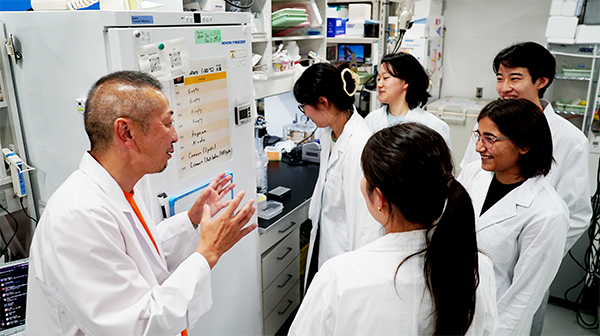
1. Prof. Matsuura, your lab focuses on building “artificial cells” and evolving them in vitro—could you walk us through a recent breakthrough or project that encapsulates this ambitious “simple-to-complex” strategy, and explain its significance?
Making the basic building blocks of life—amino acids, nucleic acids, fatty acids—doesn’t automatically lead to living systems. Life requires organization, with molecules interacting in harmony inside cells. Our research explores how such systems can be built from scratch using proteins, lipids, DNA, and RNA.
There are two reasons we do this. First, it helps us understand how life may have started on Earth. Even if our lab’s method isn’t exactly how it happened billions of years ago, it proves that life can emerge through certain pathways. Second, it gives us a bioengineering perspective—what can we learn from cells to design new systems that can grow, adapt, and evolve in ways that human-made machines cannot?
One breakthrough was creating vesicles—tiny compartments made of lipids—that could exchange large molecules with their surroundings simply by incorporating a hydrogel. Another project utilized engineered RNA “switches” inside vesicles, allowing protein production to be turned on or off depending on external signals. These studies show how surprisingly simple systems can sense and respond to their environment, offering clues about both the origin of life and future applications.
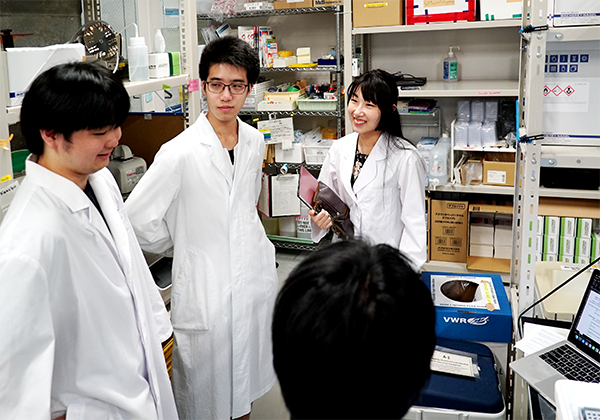
2. Your team uses a combination of synthetic biology, biophysics, chemistry, and computation. How do you foster interdisciplinary collaboration both within the lab and in your external partnerships?
Our work draws on synthetic biology, chemistry, biophysics, and computation, but the lab itself focuses on a core set of methods: cell-free protein synthesis, artificial cell assembly, directed evolution, and molecular analysis. For more specialized techniques, we collaborate with experts both within and beyond ELSI.
Collaboration, for us, is never about being a side player—it’s about actively shaping the research. Having a solid grasp of fundamentals like mathematics, physics, and statistics allows us to ask good questions, evaluate ideas, and build strong partnerships. That balance between in-house expertise and external collaboration makes the work more creative and productive.
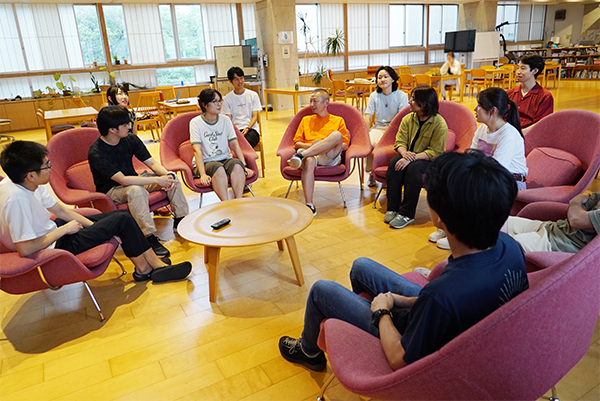
3. The group mentors a diverse team—from postdocs to undergraduates and international students. How do you tailor your supervision to support such a multi-level, multilingual team, and what’s the dynamic like?
Our lab includes postdocs, graduate students, undergraduates, and visiting researchers from around the world. Despite their different levels, everyone shares a common goal: to contribute to research that leads to publications. Having their names on a paper gives students real pride and a sense of achievement.
At the same time, independence doesn’t mean working in isolation. Science is faster, easier, and more enjoyable when we solve problems together. I encourage students to collaborate closely with senior members of the lab so that small challenges don’t become big setbacks. Freedom in research works best when balanced with a strong sense of community.
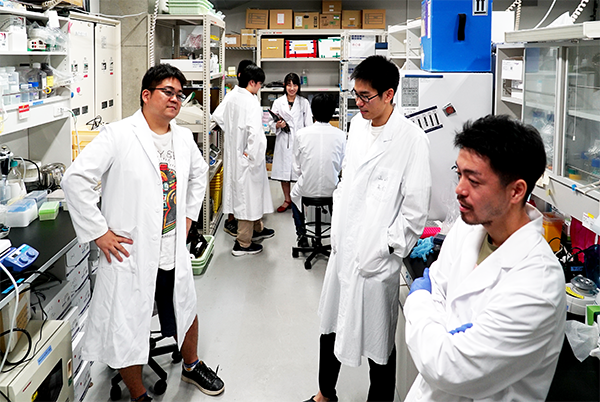
4. Looking ahead, what do you see as the next frontier—either a technological milestone or a theoretical insight—for your lab’s quest in artificial cell systems and molecular evolution?
The future of artificial cell research can be summed up in two words: autonomy and cooperativity. Today’s artificial cells stop functioning once their starting energy or resources run out. Living cells, by contrast, can keep themselves going by constantly taking in energy from their environment.
Another lesson from biology is cooperativity. Even a simple bacterium grows in a perfectly coordinated way—its membrane, genome, and internal contents all expand together. If that balance breaks, the cell collapses. Recreating such cooperative growth in artificial cells is our next challenge. We aim to design systems with multiple modules that not only work but also work together, like a real living organism. Identifying the strategies for designing such systems would be the next challenge.
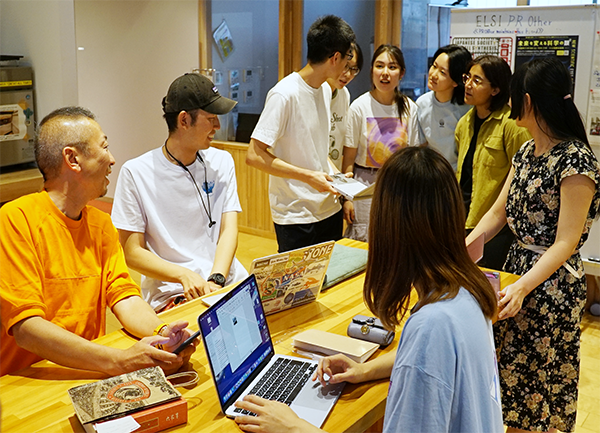
5. As principal investigator, how do you maintain a culture where students are “co-researchers” who grow by learning to propose and drive projects themselves? What role does mentorship play in shaping future scientists?
I see my students as co-researchers rather than passive learners. When we discuss projects, the ideas often start vague and gradually take shape through conversation. I want students to realise I don’t have all the answers; I am working alongside them to explore interesting questions.
Good mentorship, I believe, means giving neither too much nor too little guidance. Each student needs a different balance. Ideally, they should become the expert on their own project—knowing far more than I do. My role is to challenge them with questions and guide them to dig deeper when they don’t yet have answers.
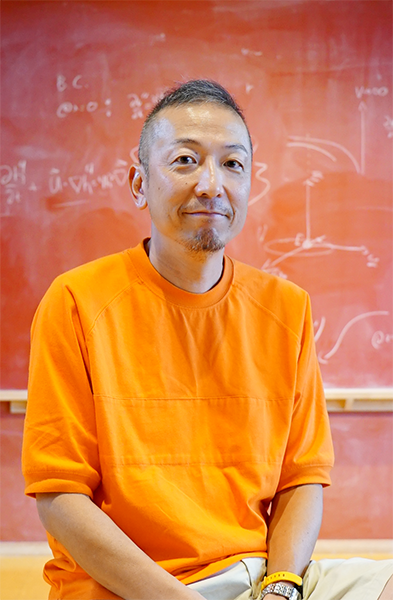
【Tomoaki Matsuura Profile】
Tomoaki Matsuura received his PhD from the University of Osaka in 1999 and went on to a postdoctoral fellowship with Professor Andreas Plückthun at the University of Zurich, where he deepened his expertise in protein engineering. He later returned to the University of Osaka, where he served as Assistant and then Associate Professor, before joining the Earth-Life Science Institute (ELSI) in 2020 as a professor.
At ELSI, Professor Matsuura leads a research group dedicated to constructing artificial cells and molecular systems from the ground up. His team explores how cooperation among molecules—something we take for granted in living cells—can be designed, controlled, and eventually emerge in synthetic systems. By bridging origins-of-life research with bioengineering, his work seeks to answer profound scientific questions while also pointing toward innovative future technologies.
Download the PDF version here: https://www.elsi.jp/wp-content/uploads/2025/10/ELSI-Voices-Matsuura_Lab_Final.pdf
DOI: https://doi.org/10.5281/zenodo.17403011
Tomoaki Matsuura home page: https://www.elsi.jp/en/members/researchers/tmatsuura/
